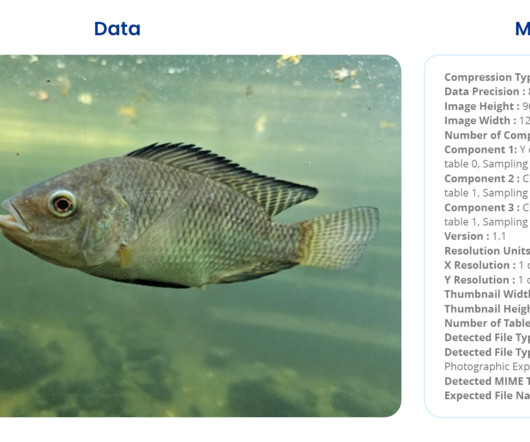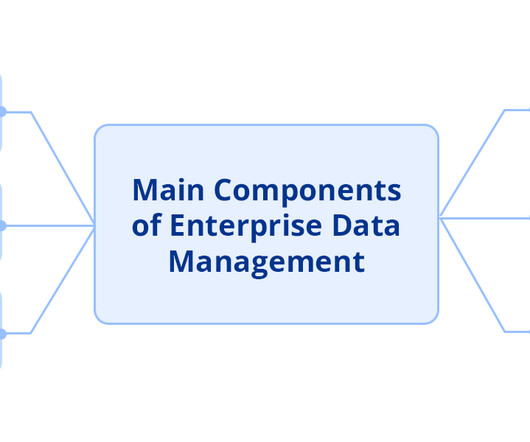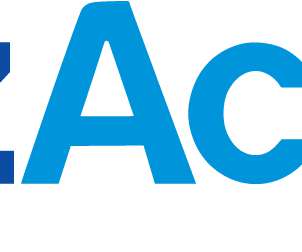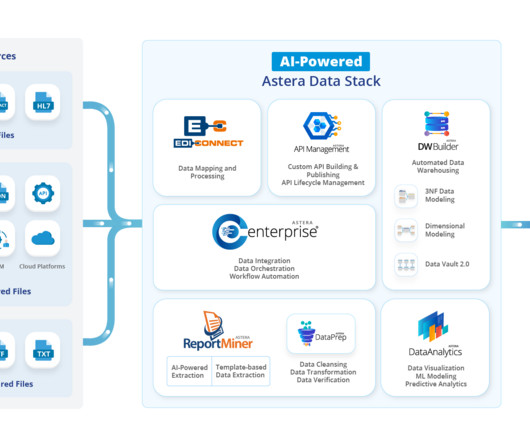The Best Data Management Tools For Small Businesses
Smart Data Collective
APRIL 29, 2020
As the world is gradually becoming more dependent on data, the services, tools and infrastructure are all the more important for businesses in every sector. Data management has become a fundamental business concern, and especially for businesses that are going through a digital transformation. Master data management.













Let's personalize your content